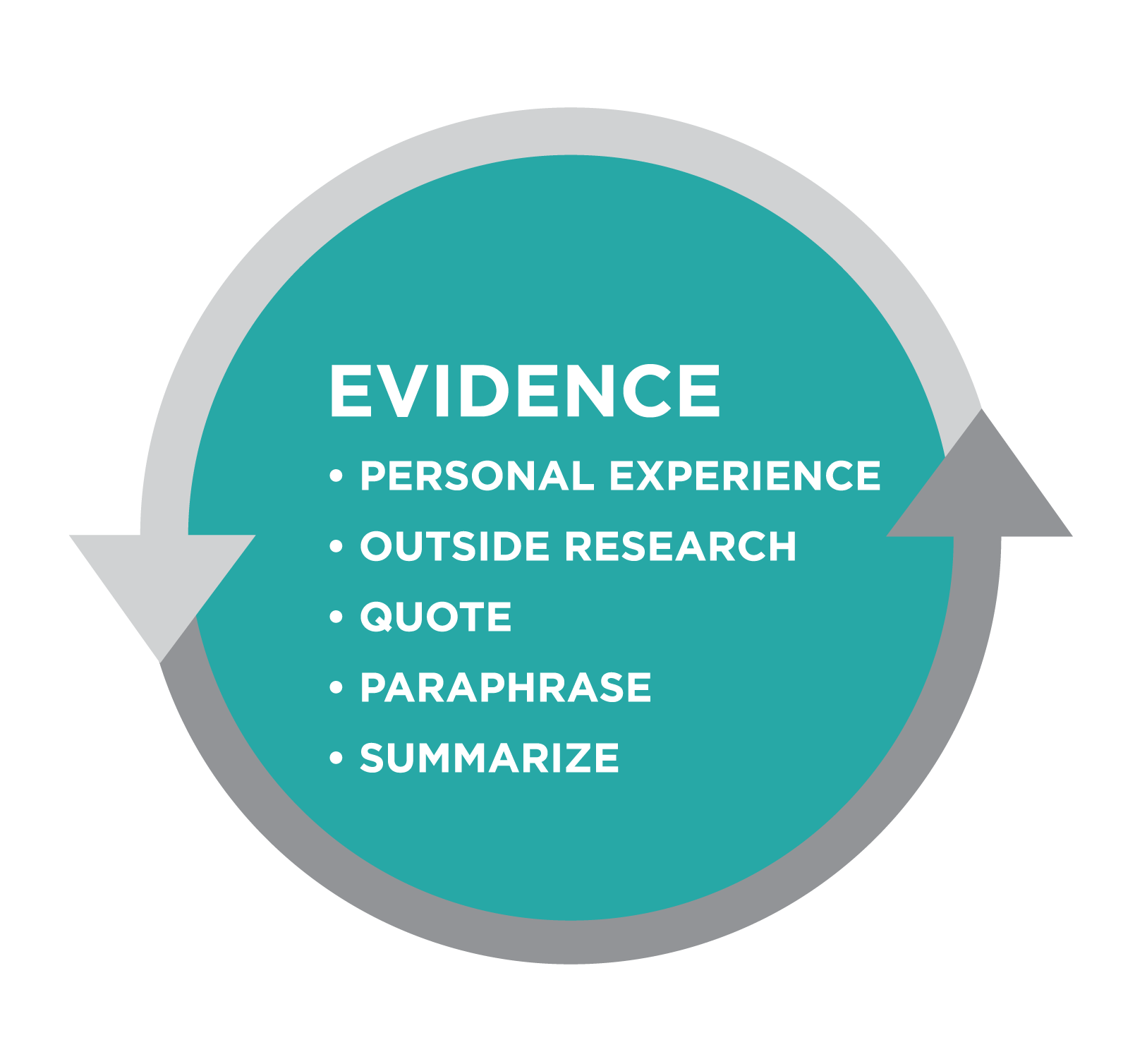Identify Activities to Find Evidence in Support of a Claim
Watch this clip from the TV show Mythbusters. It presents a common argument: that the U.S. government perpetrated a conspiracy to fake the moon landing in 1969.
(The video has an instrumental soundtrack but no voice-over.)
The argument for the Moon Landing Hoax depends upon two pieces of evidence: the flag was waving when there should be no wind; and the sun did not cast parallel shadows, as it apparently should have. How did you react to this evidence?
If you are like most people, you reacted with skepticism. Did the picture alone convince you that the shadows were wrong? Is it possible that the shadows were actually parallel, and that the photograph was simply unclear? Could you tell that the flag’s movement was caused by the wind on the moon, or could the astronaut have been moving the flagpole? Did you even know that flags are not supposed to flap on the moon?
Even if you offer “hard” facts like photographs or smoking guns as evidence, your readers will not find your argument convincing unless you show that these facts actually support your claims. You should provide as evidence not only reliable facts—facts drawn from sources your readers trust—but also the right kinds of facts—facts that are directly relevant to your claim and appropriate to the kind of argument you are making. If you can’t do this, you may have to make an additional argument showing that your evidence is relevant, reliable, and connected to your claims. If you can’t show this, you shouldn’t expect your evidence to persuade your readers.
For these reasons, the evidence presented in the Moon Landing Hoax clip is not convincing. No source is listed for the information given; we cannot be sure that these are the most reliable photographs and video footage available. The evidence is also unexplained. In short, the evidence here does not prove that the moon landing was a hoax—but it may accomplish the ad’s goal, which is to provide just enough evidence to get us to watch the show.
The following section will address how to supply evidence that is convincing, and supportable, as part of your academic writing.
What You Will Learn to Do
- identify experience or examples from personal life as they relate to the topic
- identify strategies for preliminary research on the topic
- identify strategies for synthesis of research and personal ideas
- identify effective techniques for quoting a source
- identify effective techniques for paraphrasing a source
- identify effective techniques for summarizing a source
Contribute!
Candela Citations
- Revision and Adaptation. Provided by: Lumen Learning. License: CC BY-NC-SA: Attribution-NonCommercial-ShareAlike
- Image of Evidence. Authored by: Kim Louie for Lumen Learning. License: CC BY: Attribution
- What Counts as Evidence. Provided by: Grounds for Argument. Located at: http://www.groundsforargument.org/drupal/evidence/what-counts/LRSintheWild. License: CC BY-NC-SA: Attribution-NonCommercial-ShareAlike
- MythBusters - Moon Hoax. Authored by: Discovery. Located at: https://youtu.be/9JbaM1xNIis. License: All Rights Reserved. License Terms: Standard YouTube License
